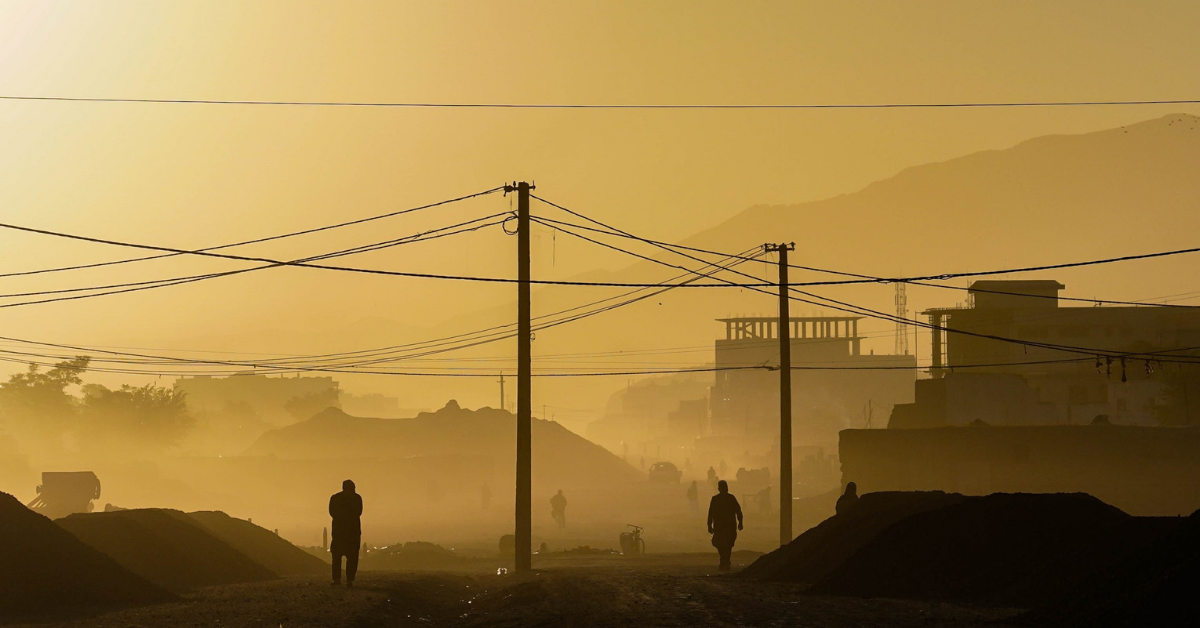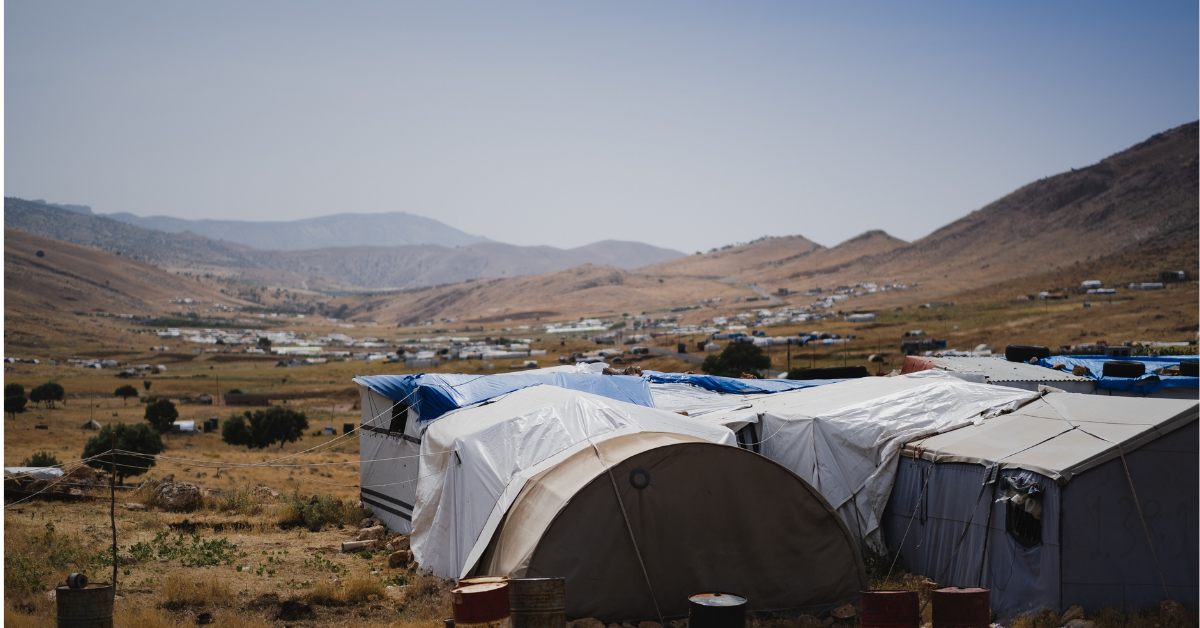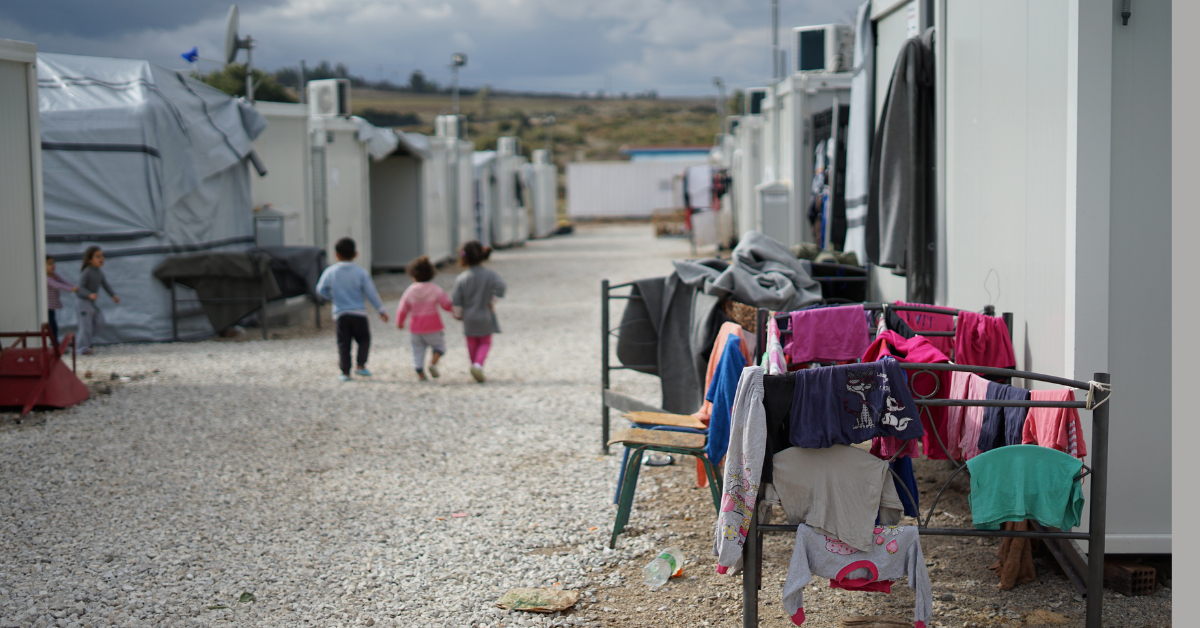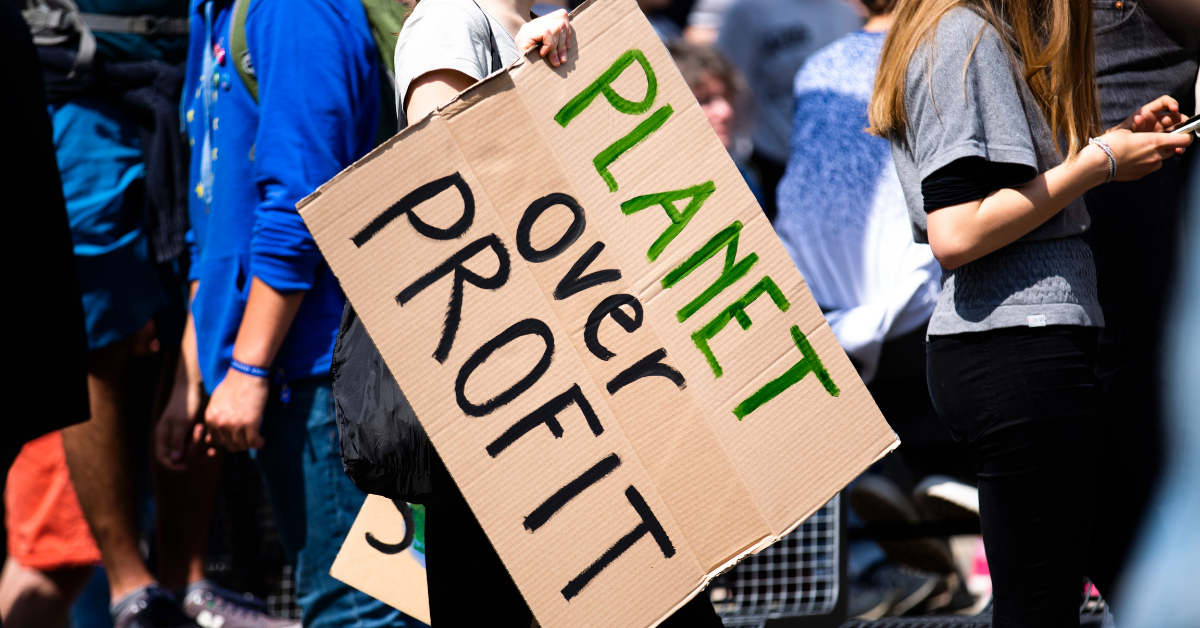
This article was first published in The New Humanitarian.
“As global leaders creatively recycle terms to underscore the importance of seizing the “last chance” for action at the COP26 climate summit, hundreds of thousands of poor families living on parched hills above Peru’s capital are already on the dark side of the climate tipping point.”
“Andean glaciers are in sharp decline – Peru’s glacial area shrank by nearly a third from 2000 to 2016, experts estimate – and it’s expected that resulting water shortages will affect millions in the coming decades in and around Lima, the world’s second most populous desert city.”
“For two weeks from 31 October, delegates from 197 countries meeting in Glasgow, Scotland will have a hefty agenda of unfinished work left over from the last climate conference in Madrid in December 2019, but they may not be thinking enough about people like Sulcapoma.”
“The headline items will be emission cuts, climate finance for poorer nations, and defining rules for carbon markets. But while the aid sector will certainly be looking out for stronger and more detailed commitments from the world’s biggest polluters to cut their emissions by 2030 and stave off further global warming, it will also be looking for more urgent action right now to help with the growing humanitarian needs already being created by the climate crisis.”
“In 2019, according to the Global Network Against Food Crises, which includes WFP, climate extremes were the main driver of acute food insecurity in 25 countries, while more than 30 million people have been internally displaced due to climate change this year alone.”
“Another major issue going into this year’s talks is finance. At the 2015 Paris talks, it was agreed that all parties, rich and poor, would play their part in reducing emissions. But the target of deploying $100 billion per year by 2020 to help developing countries cope with climate change has already been missed.”
“Building resilience is key. For the International Federation of Red Cross and Red Crescent Societies (IFRC), that has meant convincing their own donors to invest early and at the local level where communities are on the front line of climate change.”
“In the poor neighbourhoods above the Peruvian capital, any assistance to avoid a climate calamity, would certainly be welcome, but it is not expected. “They don’t think of investing in poor people who lack water,” said Sulcapoma. “The government forgets us. They never see the necessities of the poor.” “
This article was written by Paula Dupraz-Dobias.









Recent Comments